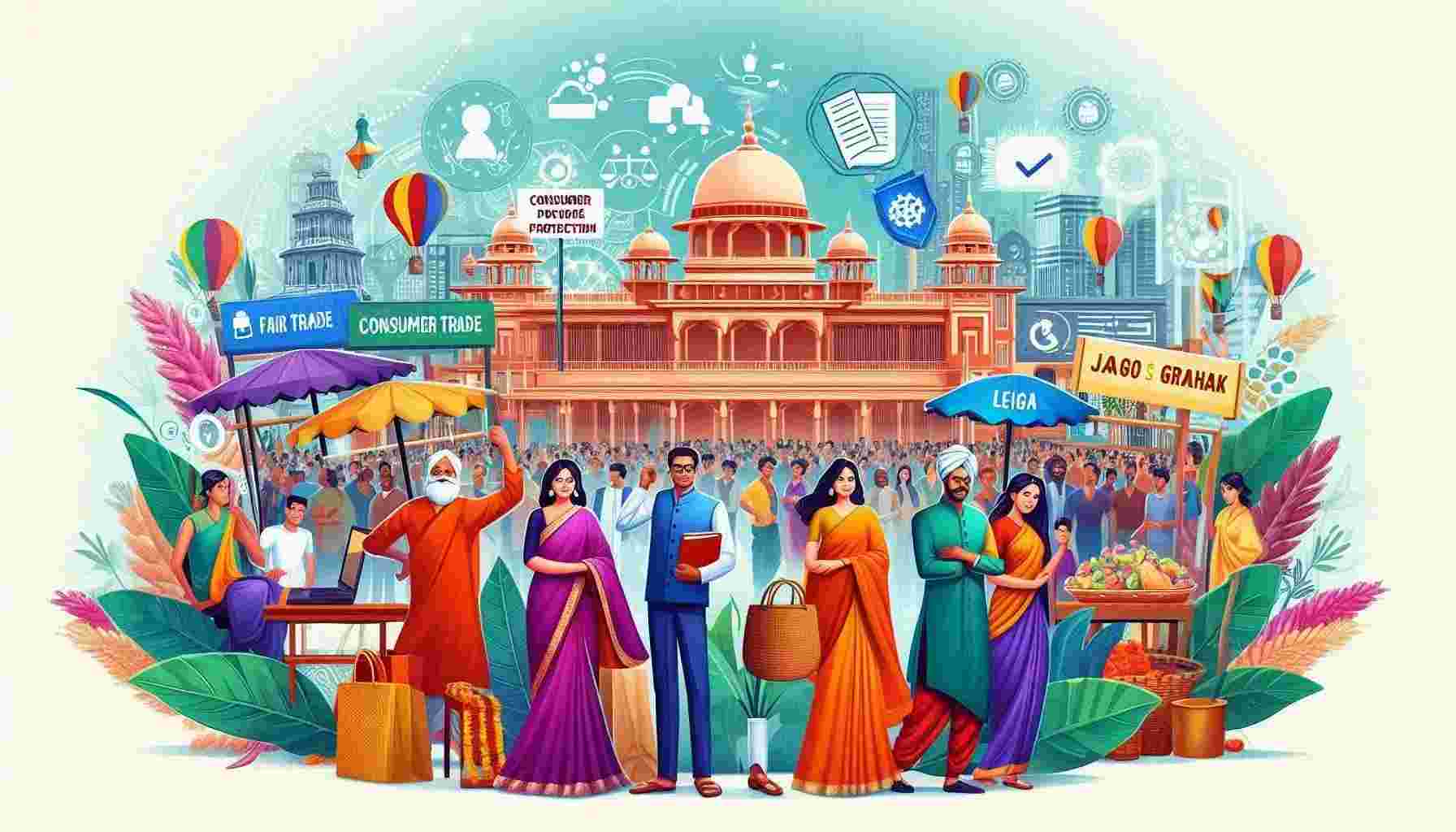What Is The Consumer Movement, And Why Is It Significant In India?
Short Answer:
The consumer movement in India refers to the collective efforts of individuals and organizations aimed at protecting consumer rights and ensuring fair trade practices. Its significance lies in empowering consumers to demand quality products, fair pricing, and protection from exploitation, which is vital in a rapidly growing economy.
Detailed Answer:
The consumer movement in India emerged as a response to widespread exploitation by manufacturers, traders, and service providers. From adulterated food to unfair pricing, the need for consumer protection became evident as industrialization and commercialization grew. This movement gained momentum with laws like the Consumer Protection Act, 1986, which granted consumers rights such as safety, information, and grievance redressal.
Why Is It Significant?
- Empowerment of Consumers: It encourages individuals to assert their rights and hold companies accountable for unfair practices.
- Promotes Fair Trade Practices: The movement ensures that businesses follow ethical practices, like accurate labeling and reasonable pricing.
- Prevention of Exploitation: It addresses issues like product adulteration, defective goods, and misleading advertisements, safeguarding public interests.
- Awareness and Education: Campaigns like “Jago Grahak Jago” have educated millions about their rights, creating informed consumers who are less likely to be cheated.
- Strengthened Legal Framework: Laws like the Consumer Protection Act not only provide a platform for grievance redressal but also act as a deterrent for businesses engaging in malpractices.
A Modern Perspective
In today’s digital era, consumer rights extend to online shopping, data privacy, and ethical AI usage. The consumer movement in India remains relevant, adapting to these modern challenges and ensuring that the voice of the consumer is heard across all platforms.
It’s not just about buying goods – it’s about creating a fair, transparent, and accountable marketplace.

